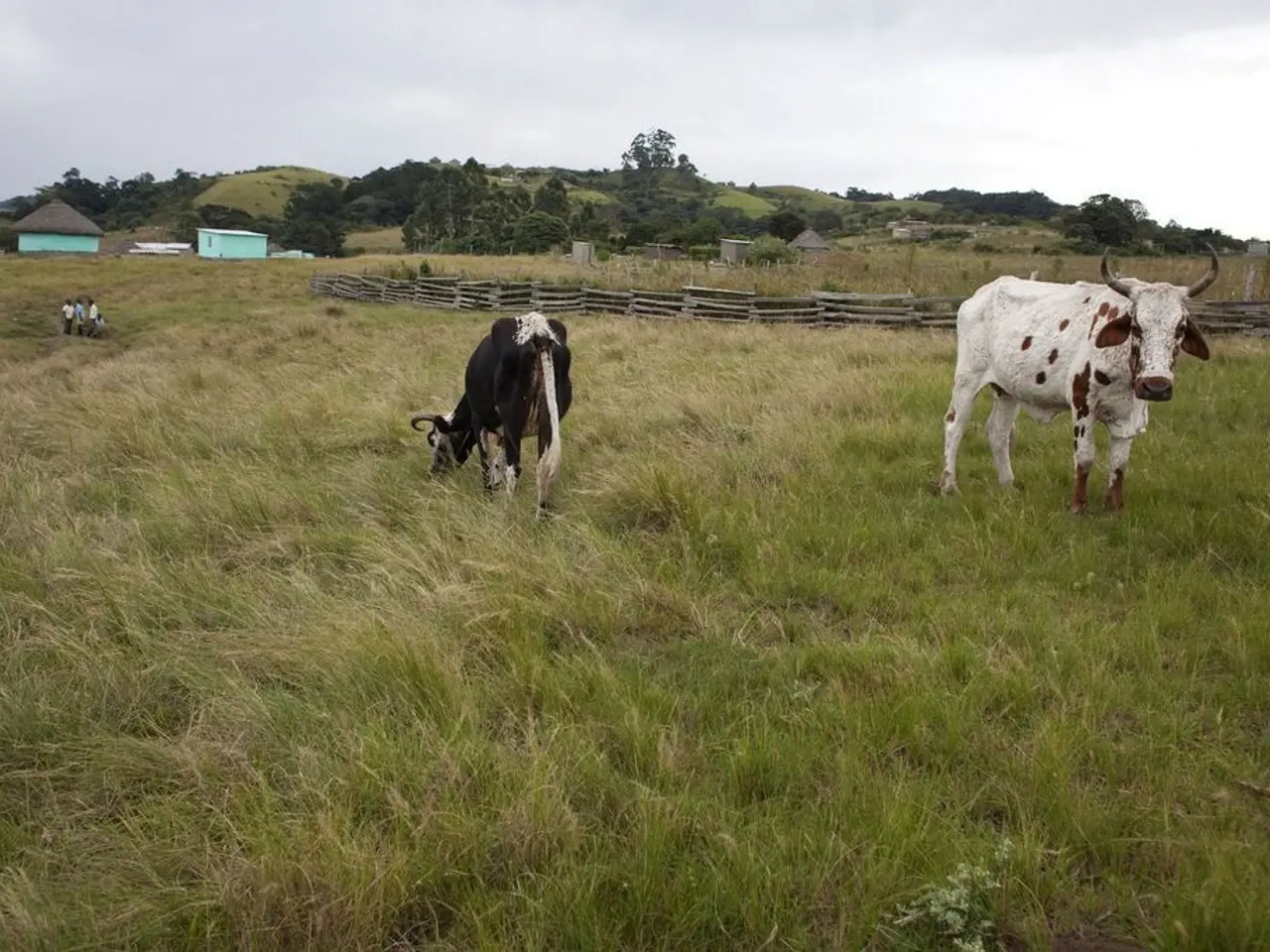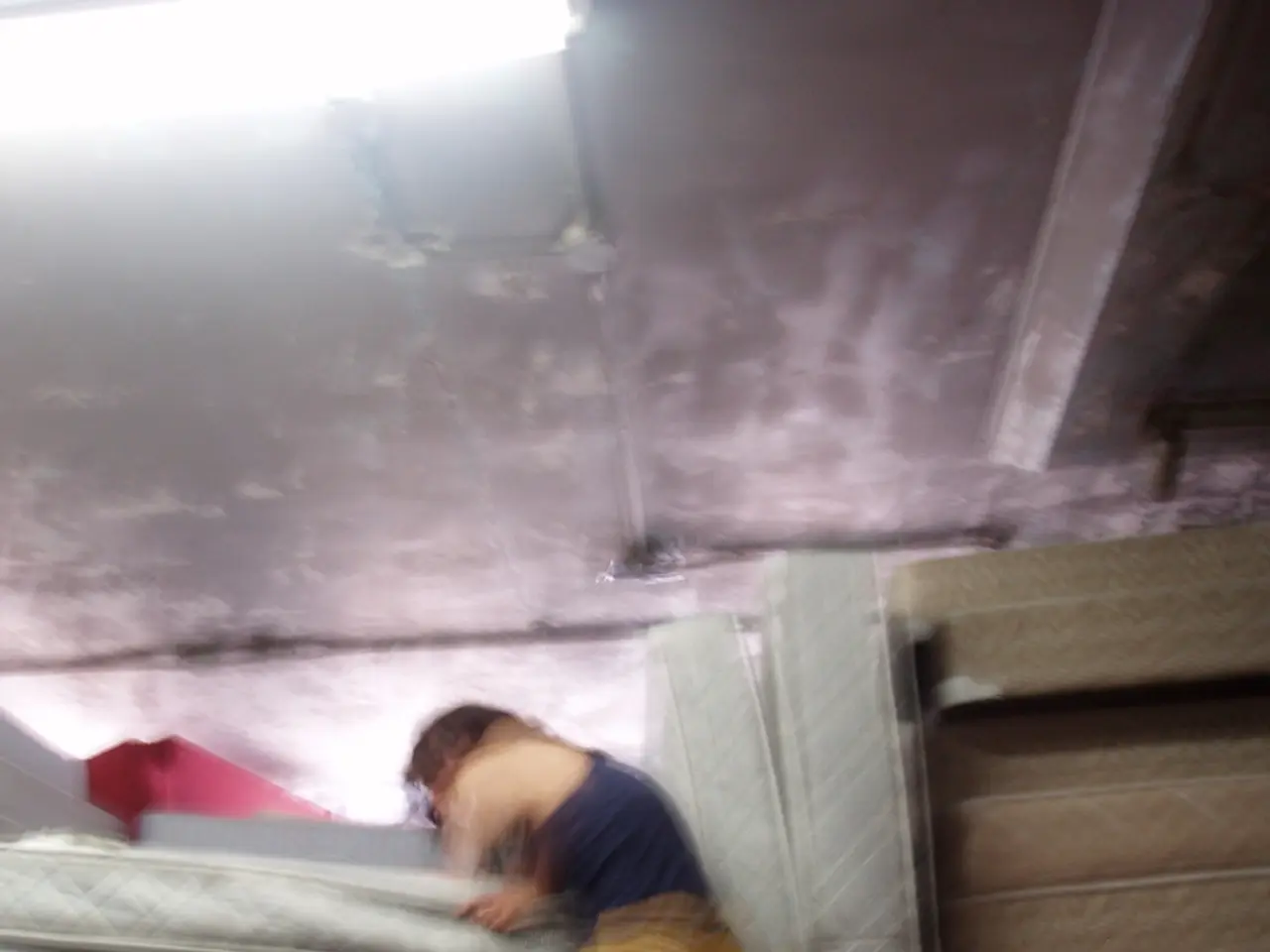Potential Hazards of Hantavirus Exposure in Rural Compared to Suburban Settings
Hantavirus infection, a zoonotic disease primarily transmitted to humans through exposure to rodent excreta, has distinct risk factors in rural and suburban areas. The disease, caused by Hantavirus spp., is primarily transmitted through inhalation of aerosolized virus particles from rodent urine, droppings, or saliva, as well as contact with contaminated surfaces or bites from infected rodents.
Risk Factors for Hantavirus Infection: Rural vs. Suburban Areas
Environmental Factors
In rural areas, the greater rodent reservoir, natural habitats, and seasonal patterns contribute to a higher risk of Hantavirus infection. Rural and wooded regions typically host larger populations of deer mice, the primary reservoir for Hantavirus, increasing the likelihood of human-rodent contact. Proximity to forests, fields, and agricultural land provides ideal rodent habitats, raising the risk of exposure during outdoor activities such as farming, hiking, or camping. Infection risks may peak during warmer months when outdoor activities increase and rodents are more active.
Suburban areas, while less natural rodent habitats than rural zones, are not immune. Rodents can thrive in suburban settings due to food sources from gardens, garbage, and pet food. Suburban sprawl, especially in regions like Allentown, brings people closer to rodent habitats, potentially increasing exposure risks. Habitat modification, such as landscaping, woodpiles, and overgrown vegetation, can attract rodents, creating local hotspots for potential exposure.
Behavioral Factors
In rural areas, occupational exposure and outdoor activities increase the risk of Hantavirus infection. Farmers, forestry workers, and hunters have higher risk due to frequent, prolonged contact with rodent-contaminated environments. Recreation in natural settings, such as camping, increases the chance of disturbing rodent nests or inhaling aerosolized excreta.
Suburban residents face risks from domestic activities, such as yard work, cleaning sheds or garages, and handling firewood. Pets that roam outdoors can bring rodents or their excreta into homes, introducing Hantavirus risk indoors. Suburban residents may be less aware of Hantavirus risks compared to rural populations, leading to less protective behavior.
Infrastructural Factors
Older or less-sealed rural homes may have more rodent entry points, increasing the likelihood of infestations. Limited sewage and waste management can lead to accumulation of waste, attracting rodents. In suburban areas, shared utilities, such as interconnected sewer systems, facilitate rodent movement between properties, increasing infestation rates. Modern suburban homes are generally better sealed but may still have vulnerabilities, especially in attics, basements, and garages. Pest control practices in suburban areas may vary, with some areas having more consistent services, while others rely on DIY methods that often fail to address underlying infestation causes.
Comparative Summary Table
| Factor | Rural Areas | Suburban Areas | |-----------------------|---------------------------------------------|--------------------------------------------------| | **Rodent Reservoir** | High (deer mice, natural habitats) | Moderate (attracted by food, shelter) | | **Human Exposure** | Occupational, recreational | Domestic, yard work, pet-mediated | | **Infrastructure** | Older, less sealed, limited waste management| Modern but connected, pest control variable | | **Behavioral Risk** | High in outdoors, farming | Moderate, often lower awareness | | **Environmental Risk**| High in natural settings | Moderate, localized hotspots |
Conclusion
Rural areas generally present a higher Hantavirus risk due to greater rodent populations and frequent human-rodent interaction in natural settings. Suburban areas face moderate but persistent risks driven by habitat encroachment, shared infrastructure, and human activity patterns. Both settings require tailored prevention strategies—emphasizing rodent-proofing, sanitation, and public education—to effectively reduce Hantavirus transmission risks. Preventive measures in suburban areas include securing trash bins, eliminating food sources, and proper waste management practices. In rural areas, public health interventions should focus on educating residents about the importance of proper rodent control, waste management, and cleaning techniques.
- In space and astronomy, understanding the biological and physiological effects of prolonged isolation, confined spaces, and extreme environments on human health and medical conditions is an essential aspect of space exploration.
- For a holistic view of human wellness, it is essential to integrate scientific knowledge about space and astronomy to comprehend the impact of unique living conditions on health-and-wellness, facility designs, and safety precautions for future manned missions.




